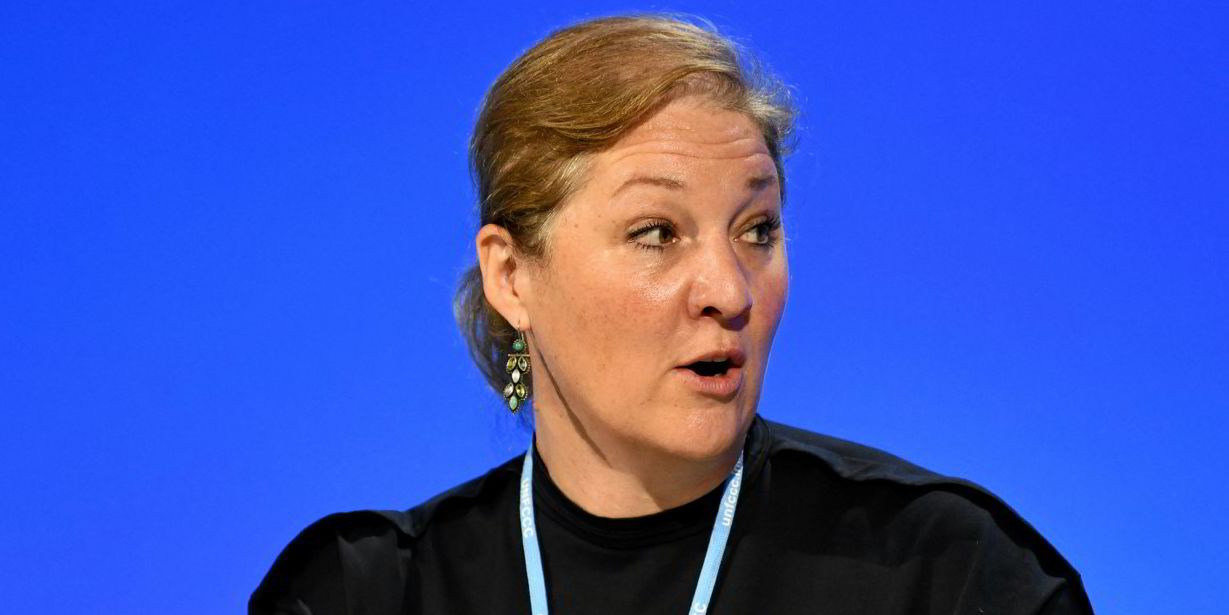Carbon pricing could start at just $11 per tonne — but as it would need to make potentially unacceptably big jumps in later years, it could be better to begin with a higher figure, according to a briefing from the Getting to Zero Coalition.
The average carbon price for net zero emissions by 2050 would not need to be much higher than one that achieves a 50% reduction.
The paper — based on analysis by maritime consultancy UMAS on behalf of the Getting to Zero Coalition, Global Maritime Forum, Friends of Ocean Action and World Economic Forum — sets out policy options for closing the competitiveness gap between fossil and zero-emission fuels in shipping.
Considering potential taxes or levies as a primary driver, it said the carbon price needs to average $173 per tonne of CO2 to achieve 50% greenhouse gas emissions reduction by 2050 compared with 2008 — the current target of the International Maritime Organization.
"For a 2050 target of full decarbonisation (-100% scenario), the average carbon price would only need to be slightly higher: around $191 per tonne of CO2," the paper said.
"In both scenarios, according to the model, the price level begins at $11 per tonne of CO2 when introduced in 2025 and is ramped up to about $100 per tonne of CO2 in the early 2030s, at which point emissions start to decline."
The carbon price would then need to increase to $264 per tonne in the -50% scenario and to $360 per tonne in the -100% scenario.
The figures are broadly in line with the carbon levy proposal from the Marshall Islands and Solomon Islands that is before the IMO.
The Marshall Islands has called for a levy of $100 per tonne, starting in 2025, but said the evidence suggests it would need to increase in time to $250 to $300 per tonne.
The paper conceded that even though carbon prices could start at a very low level, the fact that they have to make two significant increases over the following decade "may be challenging from both a political and practical business perspective".
"It could be better to set the initial carbon price at a higher level than the model and follow a smoother increase," it added.
The Getting to Zero Coalition paper added that for shipping's decarbonisation to be in line with the Paris Agreement temperature goals by 2030, the use of zero-emission fuels must reach at least 5% in international shipping.





